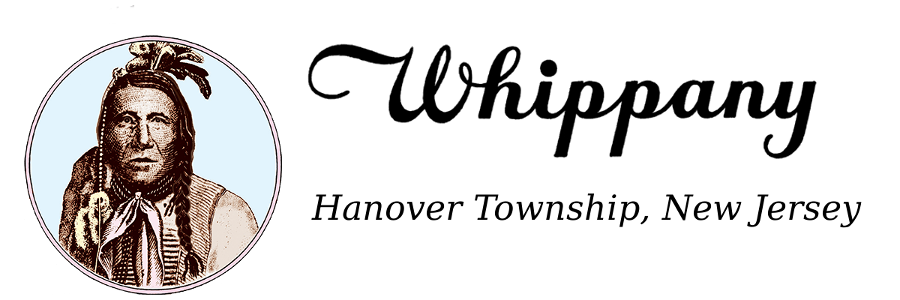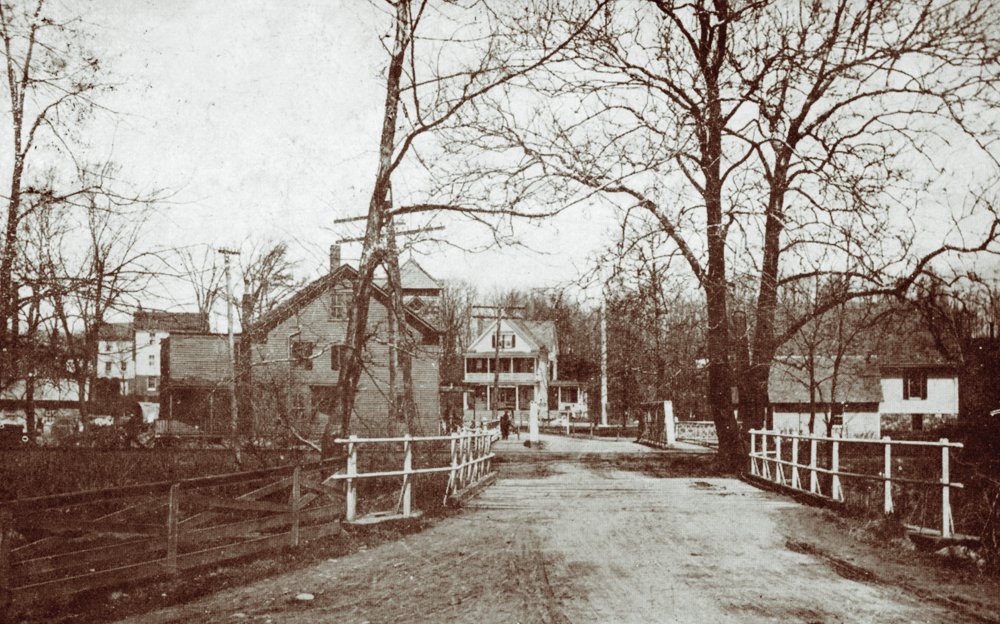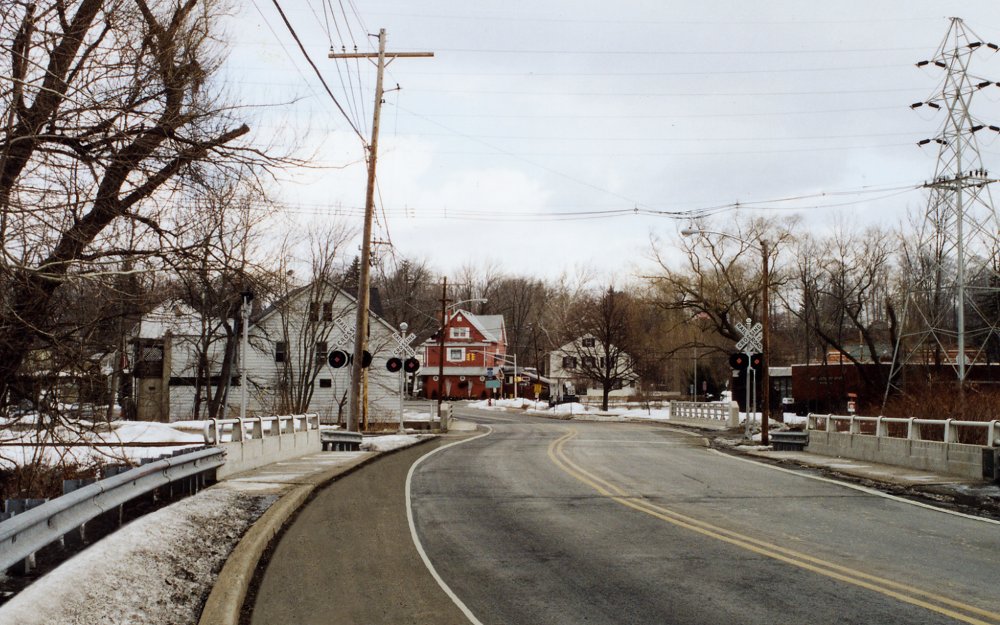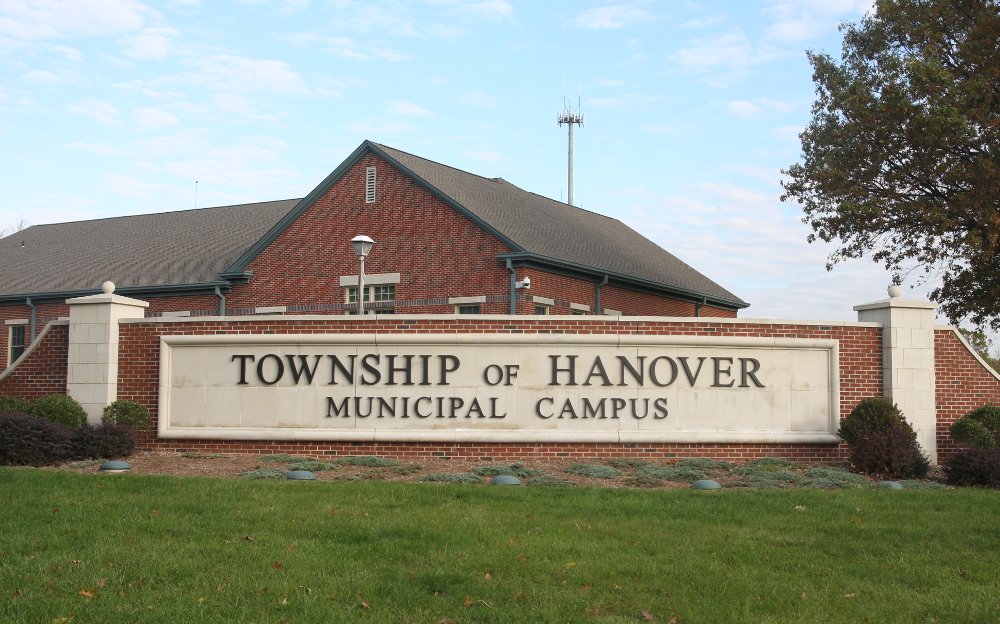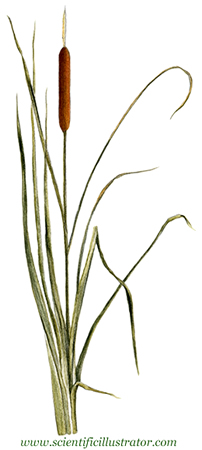
A Cattail stalk as used by our Native American forefathers to craft arrows.
Illustration © ScientificIllustrator.com
The Namesake of Whippany
The musical name of Whippany was given to us by the Native Americans who first inhabited this land. It is derived from the aboriginal word “Whippanong,” taken from the Lenape dialect of the Algonquian American language.
The name was used by the natives to identify the meadowlands surrounding the river that flows through the area. It has been interpreted to mean “place of the arrow wood,” reference to a plant that the Lenape Americans used to craft shafts for the arrows in their bows. Some have imagined that the Lenape “arrow wood” is the native black willow tree, but the author of A Place Called Whippany suggests that the “arrow wood” refers to the straight, tall cattail stalks that grow so abundantly in the meadowlands along the river. The musical name of Whippanong was adopted by the colonists, first as a settlement along the river and eventually to identify a vast, unsettled territory in north central New Jersey.
The Original People
The indigenous people of the east coast referred to themselves as “Wapanachki,” which means “people at the rising of the sun,” or “easterners.” They were part of a union of tribes known as the “Algonquian” nation that stretched from what is now Virginia, through New Jersey, and into Canada. (The Algonquian should not be confused with the Algonquin or Algonkin tribe of Ottawa, Ontario, Canada.) The Algonquian nation was a linguistic union of eastern woodland natives bound together by similar languages.
The inhabitants of what is now known as New Jersey called themselves “Lenape” (Len-ah-pay). The name Lenape has several interpretations, among which are “ordinary people” and “original people.” Many European settlers, including historians today, refer to the Lenape as “Lenni Lenape,” which has a redundant meaning, as if to say “first, original people” or “ordinary, common people.” The settlers eventually renamed the original people of New Jersey “Delaware Indians.” The tribe of “Lenape” and “Delaware” are synonymous, the former being of native tongue and the later of English language, named after the English nobleman Lord De la Warr, for which Delaware and the Delaware River were named.
Lenape territory extended along both sides of the Delaware River from what is now northern Delaware, eastern Pennsylvania, and throughout New Jersey. They called their territory “Lenapehoking,” which means “land of the Lenape.” They called the Delaware River “Lenape Wihittuck,” which means “river of the Lenape,” and they called New Jersey “Scheyichbi,” which means “land between the waters” (the Hudson River and Atlantic Ocean to the east and the Delaware River to the west). They called the river in Whippany “Weypenunk” and the land we call Morris County, they called “Mackseta Cohunge.”
The Lenape were held in high esteem by the other eastern woodland tribes of the Algonquian nation. They were respectfully known as the “Grandfathers”—elders of the eastern woodland tribes. Their noble status eventually declined after they were displaced from their homeland. When they became a tribe in exile, their “Iroquois” neighbors ultimately slandered their good name by calling their warriors “women.”
The Lenape were a union of many sub-tribes divided by their physiographical regions, temperaments, and language dialects. They referred to themselves and each other by clan names and each clan was identified by an animal “totem” of their forest environment.
The tribe that lived in the northern region of Lenapehoking (which included northwest New Jersey) called themselves “Minsi,” which means “people of the stony country.” They were also called “Munsee” and also known as the “Minnisink” tribe. The Munsee were members of the Wolf Clan. They were fierce warriors and guardians of the Lenape territory. They had a violent disposition towards the neighboring Iroquois Confederacy and the European settlers. The French referred to them as “les Loups,” which means the wolves.
The “Unami,” which means “people down river,” lived in the northeastern and central region of New Jersey which included the area that is now Whippany and Morris County. They were members of the Turtle Clan and like their animal totem, they were generally gentle, peaceful, and friendly. As members of the Turtle Clan they apparently had an affinity for the abundant population of turtles that once roamed in and around New Jersey. Some Unami natives were known to paint or tattoo the symbol of a turtle upon their chests.
Lenape communities were often identified by the areas they inhabited. The Unami that lived in the river valley along the banks of the Whippanong River were referred to as “Whiponong Indians” by the early explorers and settlers of Whippanong.
The “Unalachtigo,” or “people near the ocean,” lived in the southern region of New Jersey. The Unalachtigo were members of the Turkey Clan. The Unalachtigo were also known as “Una-lachta,” and they were also generally peaceful and friendly.
Besides the Wolf, Turtle, and Turkey Clans which have been documented in history, it is said that there were also numerous other clans, among which were the Deer Clan and Bear Clan. The deer and the bear were also powerful totems of eastern woodland natives; deer and bears, of course, were an important source of food and clothing and bears were also respected for their power. Animal totems were also used to identify Lenape bands and family lineage.
During Lenape reign, “Scheyichbi,” which came to be called New Jersey, was virgin forests, meadows, and vast wetlands. Different kinds of animals used to inhabit New Jersey—many have long since been removed, they include wolves, mountain lions, bobcats, lynx, mink, beaver, otter, and elk.
For more information about “The Way the Native People Lived” and “The Peaceful Departure of the Natives of Whippanong,” see A Place Called Whippany.
Copyright 2006
All rights reserved
Limited excerpts of this text may be copied or reproduced
with acknowledgment as copy from A Place Called Whippany, by Leonardo Fariello.
Contact Information: Len Sunchild Publishing Co., Len@whippany.net, 973-539-5355
______________________________________
Subjects covered in A Place Called Whippany— 2nd Edition— Chapter 1:
Indigenous History of Whippanong; The Original People; The Way the Native People Lived; The Peaceful Departure of the Natives of Whippanong.
